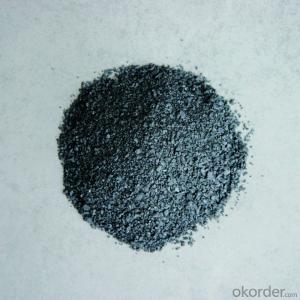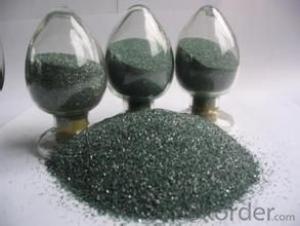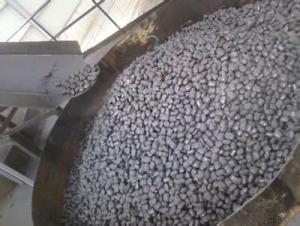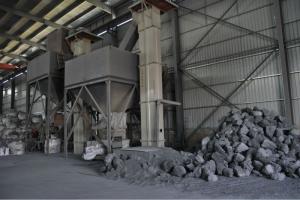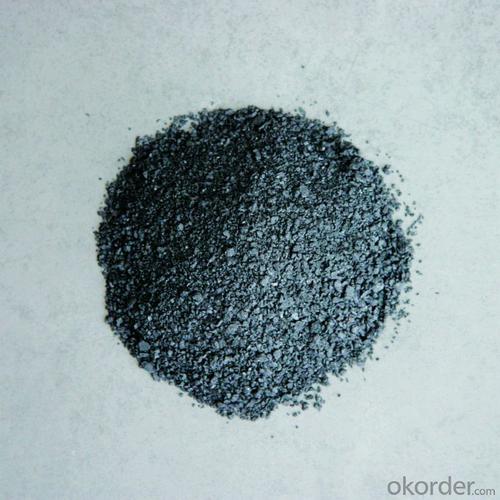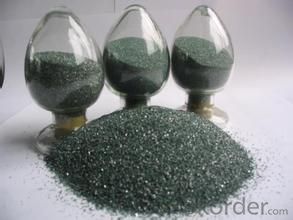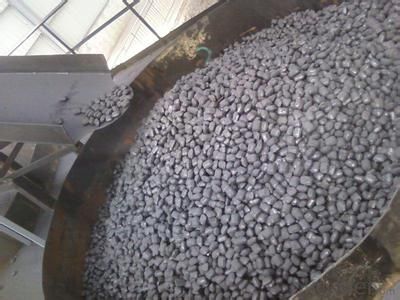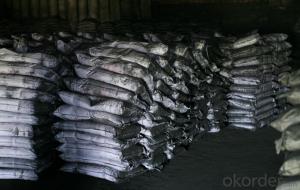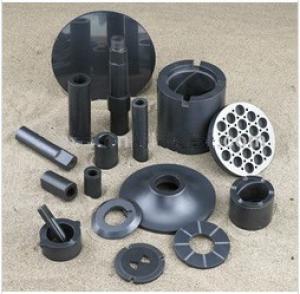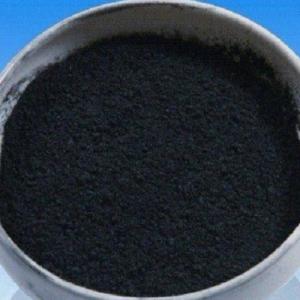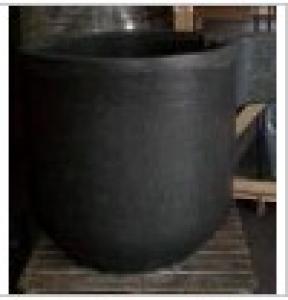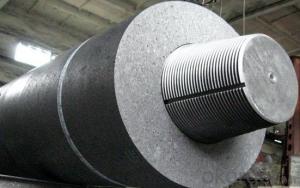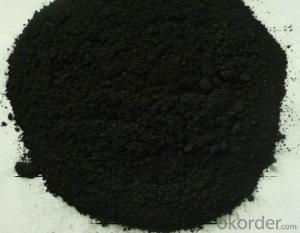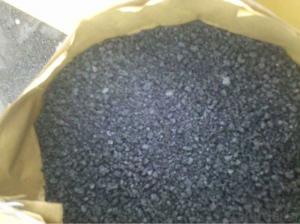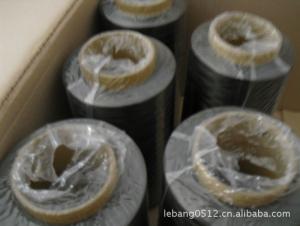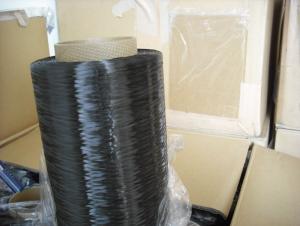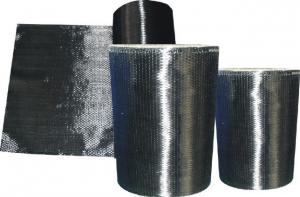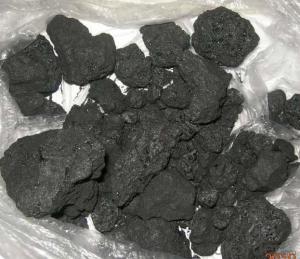Artifical Graphite for cast industry foundry and steel plant
- Loading Port:
- Qingdao
- Payment Terms:
- TT OR LC
- Min Order Qty:
- 10 m.t
- Supply Capability:
- 500000 m.t/month
OKorder Service Pledge
OKorder Financial Service
You Might Also Like
Specifications:
F.C: 99%-95%min S:0.03%-0.5max
Size: 0-0.2mm,0-1mm,0.5-5mm,0.2-0.5mm,0.5-1mm,1-5mm,5-10mm.
- Description & Application:
The artificial graphite powder is shaped in grain, micro granular, mainly uses in the additive for smelting steel or carburetant as well as astronautics, and so on chemical industry.
- Technical Specification:
Item No. | Fix Carbon | Sulphur | Ash | V.M(Max) | Moisture | Size (90%) |
AGP-1 | 99% | 0.03% | 0.50% | 0.50% | 0.50% | 0.5-5mm, 1-5mm |
AGP-2 | 98.5% | 0.05% | 0.80% | 0.70% | 0.50% | 0.5-5mm, 1-5mm |
AGP-3 | 98% | 0.05% | 1.0% | 1.0% | 0.50% | 0-0.2mm, 0-1mm, 0.2-0.5mm, 0.5-1mm |
AGP-4 | 98.5% | 0.35% | 0.50% | 0.50% | 0.50% | 0.5-5mm, 1-5mm |
AGP-5 | 98.5% | 0.50% | 0.80% | 0.80% | 0.50% | 0.5-5mm, 1-5mm |
AGP-6 | 97% | 0.30% | 1.50% | 1.50% | 0.50% | 0-0.2mm, 0-1mm, 0.2-0.5mm, 0.5-1mm |
AGP-7 | 95.0% | 0.50% | 4.00% | 1.00% | 0.50% | 1-5mm |
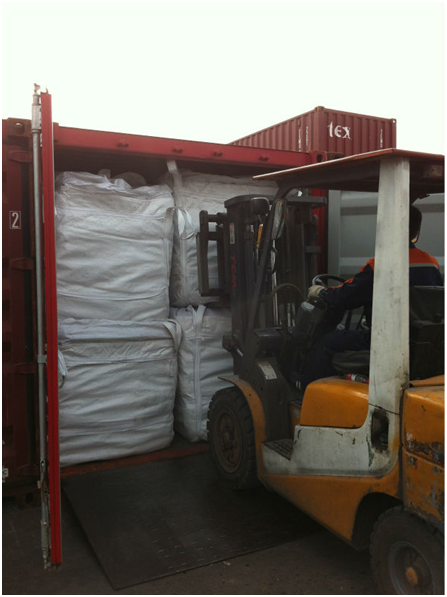
- Q: Are carbon fibers organic polymer materials?
- The fiber spacing is similar to artificial graphite and turbostratic carbon fiber.[5] levels between about 3.39 to 3.42A, the parallel plane between each carbon atom, as well as regular arrangement of graphite, and the layers are connected together by van Edward.Therefore, carbon fiber is an inorganic high polymer fiber with carbon content higher than 90%
- Q: What's the reason for grading? What about the use of composites? What's the difference?
- 3, carbon fiber has high strength, high modulus, high temperature resistance, corrosion resistance, fatigue resistance, creep resistance, electrical conductivity, heat transfer and other characteristics, is a typical high-tech products. Mainly used in the preparation of advanced composite materials (ACM), has been widely used in aerospace, sporting goods industry, industrial fields, transportation and civil construction field. In view of the composite technology in military industry, reduce the cost of carbon fiber atrophy and advanced low cost manufacturing breakthrough, carbon fiber composite material used in construction, industry, transportation and other aspects has become a hot research and development, and achieved a breakthrough in certain
- Q: What are the health effects of carbon monoxide poisoning?
- The human body can experience serious health effects due to carbon monoxide poisoning. When carbon monoxide (CO) is inhaled, it quickly enters the bloodstream and attaches itself to hemoglobin, which is responsible for carrying oxygen in red blood cells. As a result, the blood's ability to transport oxygen throughout the body is reduced, causing oxygen deprivation known as tissue hypoxia. The symptoms of carbon monoxide poisoning can vary depending on the level and duration of exposure. Common symptoms include headache, dizziness, nausea, confusion, weakness, and shortness of breath. These symptoms can easily be mistaken for other illnesses, making carbon monoxide poisoning particularly dangerous as it can go undetected until it reaches critical levels. In severe cases, carbon monoxide poisoning can lead to loss of consciousness, seizures, coma, and even death. Prolonged or repeated exposure to lower levels of carbon monoxide can also result in long-term health problems, including memory issues, difficulty concentrating, mood changes, and cardiovascular complications like heart disease. Certain populations, such as young children, pregnant women, the elderly, and individuals with pre-existing heart or lung conditions, are more vulnerable to the effects of carbon monoxide poisoning. Additionally, being exposed to high levels of carbon monoxide in enclosed spaces like homes with faulty heating systems or car garages can pose a significant risk. To prevent carbon monoxide poisoning, it is crucial to ensure proper ventilation in living spaces and regularly maintain fuel-burning appliances like furnaces, water heaters, and stoves. Installing carbon monoxide detectors in homes is also highly recommended as they can provide early warnings of dangerous gas levels. If carbon monoxide poisoning is suspected, immediate action should be taken to remove oneself from the source of exposure and seek medical attention. Medical professionals may administer oxygen therapy to increase blood oxygen levels and aid in the removal of carbon monoxide from the body. In conclusion, carbon monoxide poisoning can have severe health effects, ranging from mild symptoms to life-threatening conditions. Being aware, taking preventive measures, and responding promptly are crucial in safeguarding individuals from the dangers of carbon monoxide exposure.
- Q: What are the different types of carbon fibers?
- There are several different types of carbon fibers, including standard modulus carbon fiber, intermediate modulus carbon fiber, high modulus carbon fiber, and ultra-high modulus carbon fiber. These types vary in their strength, stiffness, and cost, making them suitable for different applications and industries.
- Q: Why is the longer the carbon chain, the better the hydrophobic properties?
- The carbon chain is the water chain, but the lower the polarity (TA)They have to write fifteen characters ah from702853 (station link TA) can theoretically explain it zhoupeng87 (station link TA) should be the basic alkyl is not hydrophilic, it belongs to the hydrophobic group, the increase of carbon chain length of the hydrophobic whyy0113 (station TA) carbon chain is longer, the more polar groups easily entrapped nature shows hydrophobic alkane name small Jia (TA station) the carbon chain length of hydrophobic chain length, of course, hydrophobic. Cher (station TA) the alkyl chain is hydrophobic, so the longer hydrophobic part content more hydrophobic natural good red sandalwood fragrance (TA station).
- Q: I saw a cell phone in the magazine, the global release of 900, no camera, what function is F1 carbon fiber material, actually sold 40000 yuan a piece!.. Everyone said that the circulation is so small, worth so much money? Or carbon fiber material worth so much money?
- Carbon fiber material is very expensive, we are specializing in the production of carbon fiber bicycle accessories company, we know more about this industry.. Such an analogy, an aluminum alloy wheel, that is, the cost of more than 100 yuan, to replace the same carbon fiber material costs more than 1000 of the cost.. Carbon fiber belongs to high-end materials, and foreign countries is to control production, because many weapons and aircraft also use this material, the United States will build weapons in other countries, so are the strict control of each production state of carbon fiber materials..
- Q: How does carbon impact the availability of clean drinking water?
- Carbon, primarily in the form of carbon dioxide (CO2), contributes to climate change and alters precipitation patterns. This can lead to increased frequency and intensity of droughts and floods, affecting the availability and quality of clean drinking water. Additionally, carbon-based pollutants from industries and transportation can contaminate water sources, making them unsafe for consumption.
- Q: What are the main sources of carbon emissions?
- The main sources of carbon emissions include burning fossil fuels such as coal, oil, and natural gas for electricity, transportation, and industrial processes. Deforestation and land-use changes also contribute to carbon emissions by releasing stored carbon into the atmosphere.
- Q: What is the role of carbon in organic chemistry?
- Carbon is the backbone of organic chemistry as it has the unique ability to form covalent bonds with other carbon atoms and a wide variety of other elements, resulting in the vast diversity of organic compounds. It is the element that allows for the formation of complex molecules, such as carbohydrates, proteins, lipids, and nucleic acids, which are essential for life processes.
- Q: How are carbon nanotubes produced?
- Carbon nanotubes are produced through a process called chemical vapor deposition (CVD), which involves the use of a carbon-containing gas and a catalyst. In this process, a substrate is coated with a catalyst material, usually iron, nickel, or cobalt. The substrate is then placed in a high-temperature furnace, typically around 800-1000 degrees Celsius, and exposed to a carbon-containing gas, such as methane or ethylene. As the gas decomposes at high temperatures, carbon atoms are released and deposited onto the catalyst nanoparticles on the substrate. These carbon atoms then arrange themselves in a hexagonal pattern, forming a tube-like structure, which grows vertically from the catalyst particles. The growth of the nanotubes is driven by the difference in carbon solubility between the catalyst and the growing tube. The diameter, length, and alignment of the carbon nanotubes can be controlled by adjusting various parameters such as the temperature, gas flow rate, and catalyst material. By manipulating these parameters, researchers can produce carbon nanotubes with specific characteristics suitable for various applications. It's worth noting that there are other methods to produce carbon nanotubes, such as arc discharge and laser ablation, but CVD is the most commonly used method due to its scalability and ability to produce large quantities of nanotubes. Additionally, CVD allows for the growth of vertically aligned nanotube arrays, which are highly desirable for many applications.
Send your message to us
Artifical Graphite for cast industry foundry and steel plant
- Loading Port:
- Qingdao
- Payment Terms:
- TT OR LC
- Min Order Qty:
- 10 m.t
- Supply Capability:
- 500000 m.t/month
OKorder Service Pledge
OKorder Financial Service
Similar products
Hot products
Hot Searches
Related keywords
